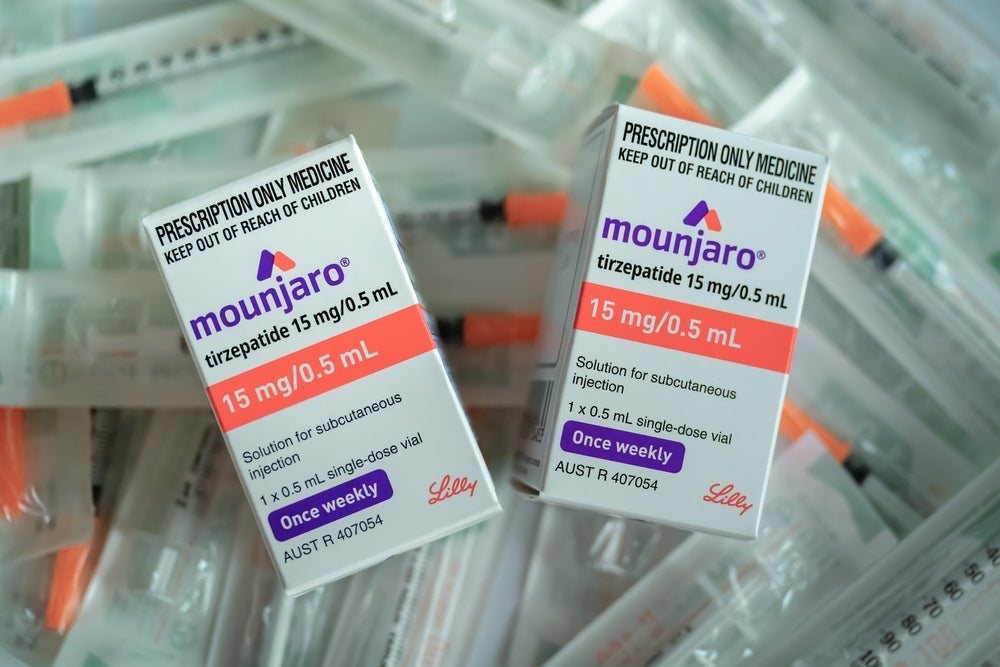In September 2020, the first prescription digital health applications (Digitale Gesundheitsanwendungen [DiGA]) were approved for reimbursement in Germany by the Federal Institute for Drugs and Medical Devices (Bundesinstitut für Arzneimittel und Medizinprodukte [BfArM]). Since then, a total of 10 DiGAs have been reimbursed for use in a wide range of conditions including tinnitus, insomnia, anxiety, pain, obesity, migraine, and multiple sclerosis. DiGAs, which can be mobile or web applications, are CE-marked as either Class I or IIa medical devices based on digital therapeutics that support the diagnosis, monitoring, and treatment of diseases, injuries, or disabilities, but do not serve as a primary means of prevention.
GlobalData’s analysis shows that the use of DiGAs has increased since they were approved for reimbursement. The majority of DiGAs that are available as mobile apps showed an increase in downloads starting in September 2020 (Figure 1), according to Airnow Data.
How well do you really know your competitors?
Access the most comprehensive Company Profiles on the market, powered by GlobalData. Save hours of research. Gain competitive edge.

Thank you!
Your download email will arrive shortly
Not ready to buy yet? Download a free sample
We are confident about the unique quality of our Company Profiles. However, we want you to make the most beneficial decision for your business, so we offer a free sample that you can download by submitting the below form
By GlobalDataFigure 1: Most Apps Saw an Increase in Use After Reimbursement Was Approved in Germany.

Source: GlobalData; Airnow Data, Accessed 14 January 2020.
For example, mynoise GmbH’s Kalmeda app for tinnitus has been available for download since 2018 and was approved for reimbursement in late September 2020. During Q1–Q3 2020, the app achieved just over 2,500 downloads, while it had 2,900 downloads in Q4 2020. Sympatient GmbH’s Invirto app for anxiety has been on the market since 2019 and was approved for reimbursement in early December 2020. It had a monthly average of just over 200 downloads during January–November 2020, which rose to almost 415 downloads in December, at an increase of almost 105%. While Vivira Health Lab’s Vivira app for pain therapy did not have a large increase in use after it was approved for reimbursement in late October 2020, it did have a spike in use in April 2020. This could coincide with the start of Covid-19 lockdown measures and the lack of face-to-face access to pain physiotherapists at that time.
The digital therapeutics landscape has expanded significantly since 2018, with rapid growth expected over the next decade. The ongoing Covid-19 pandemic also led to a revolution in digital health adoption and innovation. This was mainly driven by the unprecedented demand witnessed since early 2020, especially in areas that provide alternatives to in-person care, such as virtual care and digital therapeutics. One area that has proven to be particularly suitable for digital health tools is mental and behavioural health, such as anxiety, depression, and substance abuse.
The implementation of policies and regulations to allow access to and reimbursement of digital health applications has been underway in some regions for some time, particularly in certain European countries. Germany is the first country to provide a dedicated route to national reimbursement for these applications, allowing approximately 73 million people to gain access to them. This is an important milestone for the digital therapeutics’ market since payer adoption has been noted as being a major obstacle to the widespread use of these products, along with regulatory barriers. While both of these obstacles are expected to grow easier to overcome as more frameworks and policies are developed to support developers, physician and patient adoption will ultimately determine the success of these products. Physicians will require robust clinical and cost-effectiveness data, as well as strong financial incentives to prescribe these tools to their patients. The widespread use of smartphones and health apps will help drive the use of these applications among patients, but issues such as ease of use, data privacy, and cybersecurity concerns will need to be addressed.











Related Company Profiles
Vivira Health Lab GmbH
Sympatient GmbH
myNoise bvba